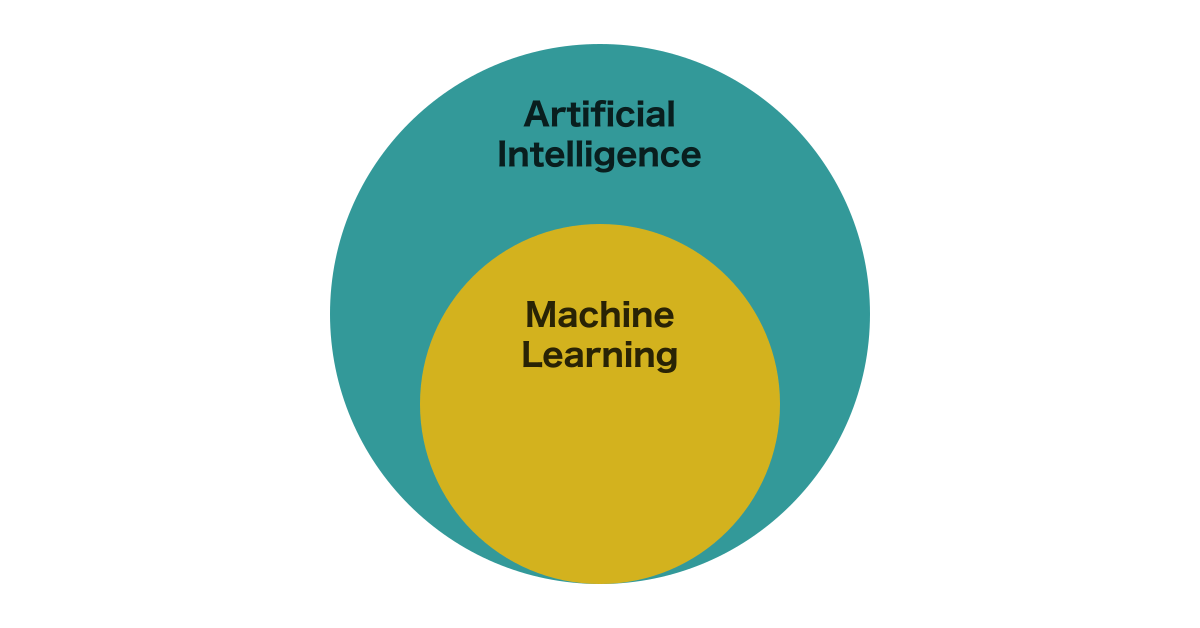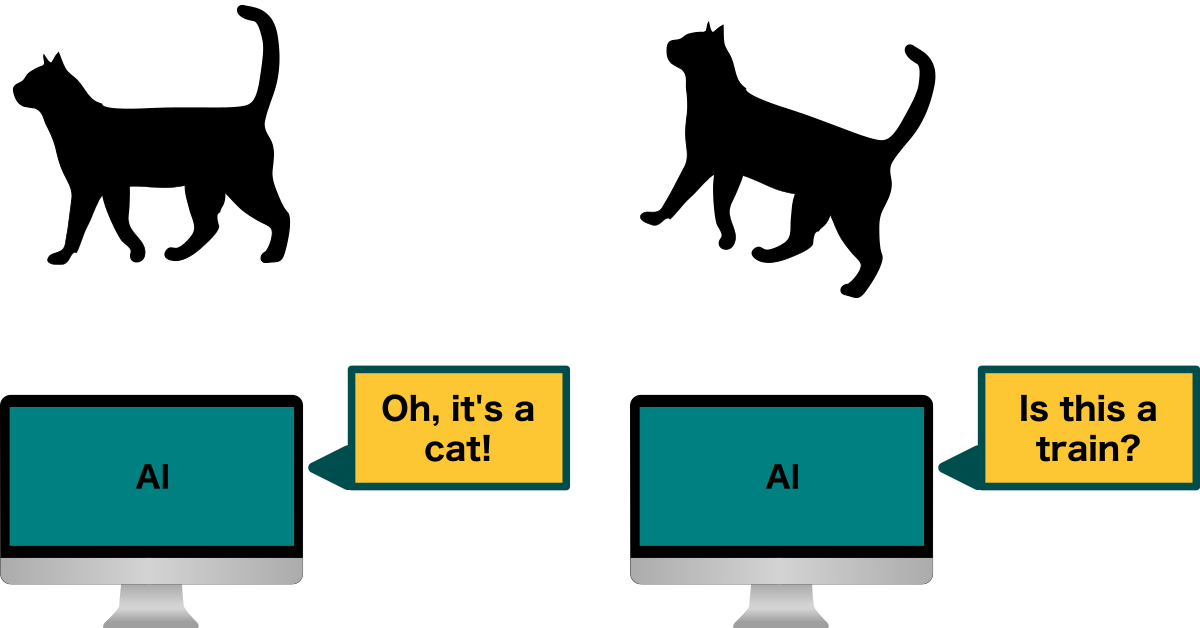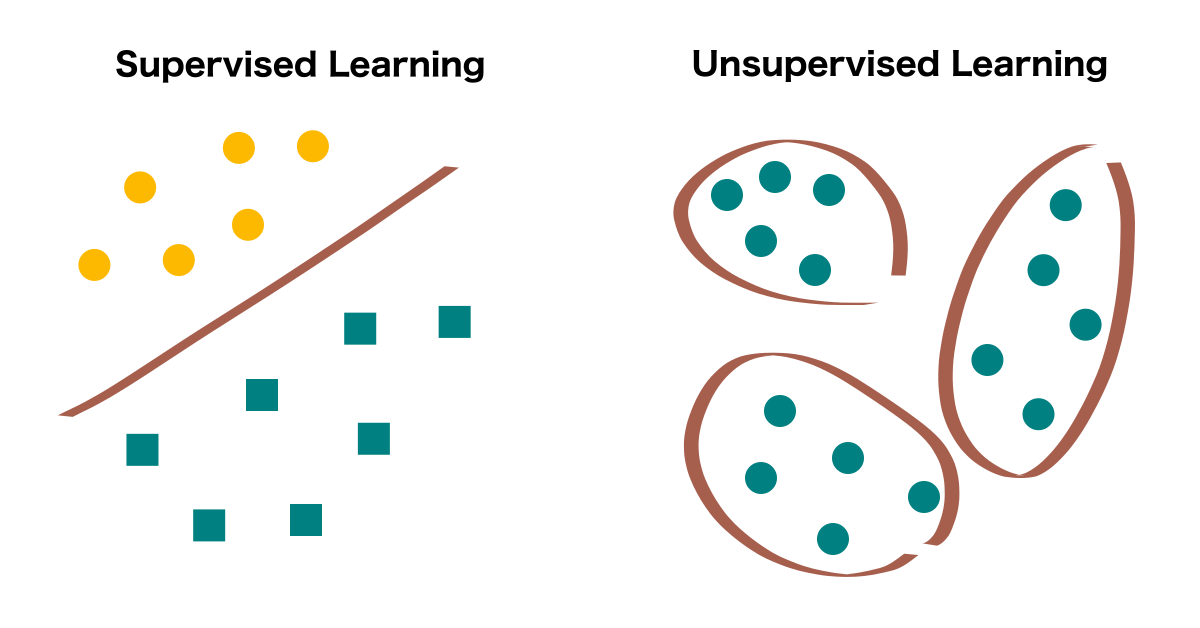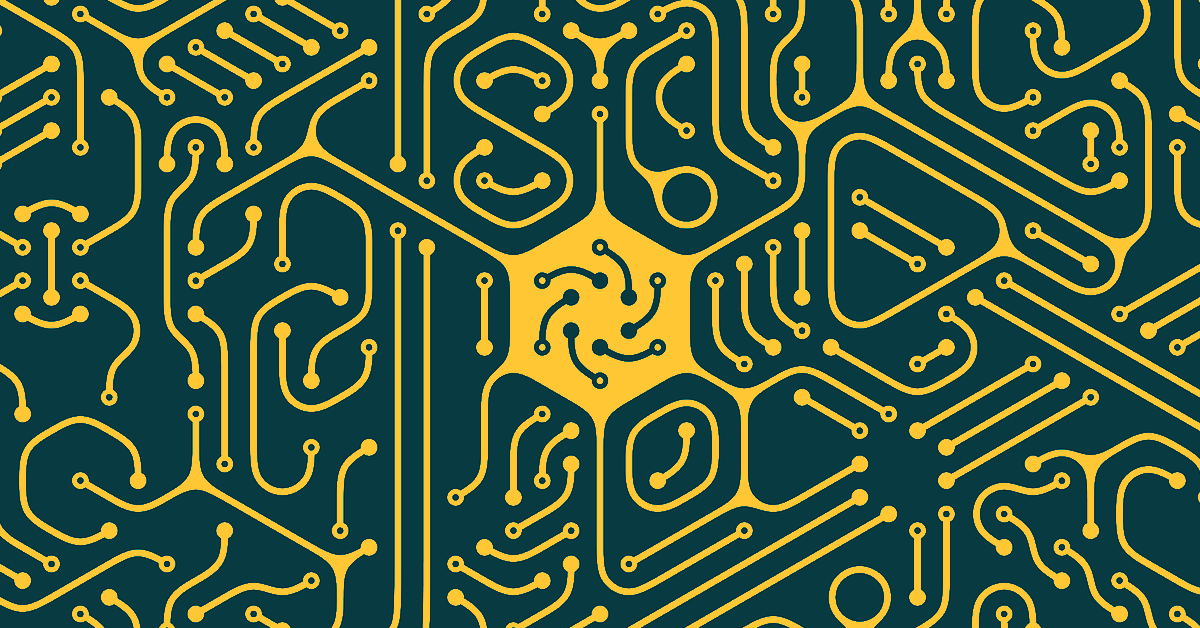Machine Learning is the field of study that gave us ChatGPT, Stable Diffusion, and lots of anxiety over our job security. It is the engine behind YouTube recommendations, Instagram, TikTok, and other social media platforms. It makes our cars drive by themselves, enables computers to listen and talk with you, and a lot more. Since it became such a prevalent technology in the last couple of years, I believe it is important to understand what it can and cannot do–and how it actually works.
In this article, I’ll give you a broad overview of the field of Machine Learning without diving too much into any technical details, so that you can develop an understanding of the terminology.
Difference between AI and Machine Learning
With all the recent talk about AI, it is very important to clarify the terminology of the topic to avoid confusion. Artificial Intelligence (AI) is a broad field with the goal of making computers perform human-like tasks. Machine Learning (ML), on the other hand, is a subset of AI, focusing specifically on the algorithms that use data to learn and improve iteratively.

In short, every Machine Learning algorithm is AI, but not every AI uses Machine Learning.
Why even use Machine Learning
Why do we need Machine Learning at all? Well, consider this problem: You are stuck in a maze and want to get out. One way you can do this is by placing your right hand on the wall and following it, only returning to a previous crossroad when you hit a dead-end. By following this simple set of rules, you can solve most mazes–especially those without loops. This is called the “Hand On Wall” rule and is an example of AI that doesn’t use Machine Learning. The computer simply follows a pre-defined set of rules to solve the problem–no thinking is required.

Well, let’s say you want the computer to solve a more abstract problem. For example, is the image you’re looking at a cat or a dog? While humans can easily and intuitively tell the difference, it’s incredibly difficult–perhaps even impossible–to come up with a perfect set of rules that reliably distinguish every cat from every dog. There are just too many variables to account for. For instance, imagine an image of a fluffy, long-haired cat next to a picture of a hairless cat. While a human might easily identify both as cats, a computer could struggle because the features (like fur) are so different.

This is where Machine Learning shines. Instead of telling the computer exactly how to differentiate between every cat and every dog, we give it a set of techniques it can use and a massive dataset of images labeled as cats or dogs. Then, we let it “figure it out”. To put it mathematically, the computer learns the characteristics of a function that we don’t empirically know.
How Machines Learn in a Nutshell
The example of learning the difference between a cat and a dog is actually one of three ways machines can learn. More specifically, it is called supervised learning, because the images are labeled as either “cat” or “dog”. While learning, the computer predicts which label the images have and adjusts its behavior based on whether its predictions are right or wrong. This method is intuitive and can be applied to many problems, but data labeling can be very labor-intensive, especially when done manually. Neural Networks are the most famous example of supervised learning.
Another way machines learn is through unsupervised learning, where there are no such labeled examples. In this case, the computer instead follows a measure of similarity to categorize the data, such as finding parts of data that are close and clustered together. This requires less manual labor, but can give unintuitive results.

Finally, there is reinforcement learning, where the machine is given a set of performable actions to interact with a dynamic environment, and learns through a reward system. By testing different actions, it learns what behaviors in what environment provide the best rewards. Self-driving cars and video-game playing bots are common examples of reinforcement learning.
Advantages and Disadvantages of Machine Learning
The cat vs dog highlights some of the advantages of Machine Learning really well. We can use it to solve problems that we can’t mathematically figure out. This flexibility is why Machine Learning is so prevalent–you can more or less just throw it at your problems, and with enough data and fine-tuning, it usually creates acceptable results. It’s convenient and adaptable, which explains its rapid adoption.
However, there is no such thing as a free lunch, and Machine Learning has its downsides. You may have noticed that I frequently mention data when discussing Machine Learning. That’s because, unlike other AI methods, Machine Learning requires tons of data, especially for more complex problems. Not only that, but the methods of learning are very computationally intense. This naturally excludes its use to those who have access to such resources. It also raises ethical concerns such as data collection and privacy, as well as environmental issues such as energy consumption and climate change.
Another challenge is bias—if the data used to train algorithms is biased, the resulting model will be too. This has led to problems in fields like hiring, where algorithms may unfairly disadvantage certain groups of people.
Conclusion
Machine Learning is one of the fastest-growing fields in AI and is changing our world rapidly. It is appearing more and more in our everyday lives. Being informed about its capabilities and shortcomings is very important going forward. I hope this article gave you a better grasp of the basics of Machine Learning or solidified your existing knowledge. Going forward, I’ll delve deeper into the concepts covered here, including implementations and mathematics behind them. Stay tuned!

Leave a Reply